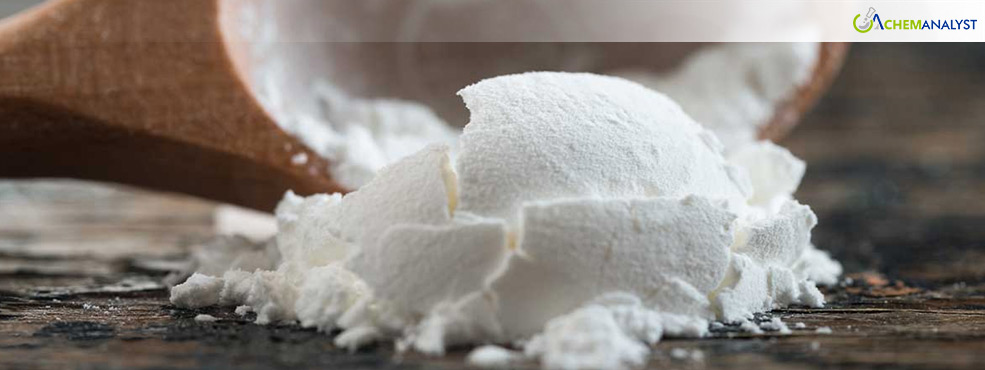Global Maltodextrin Market Faces Sustained Pricing Pressures in the end of 2024
- 21-Nov-2024 3:15 PM
- Journalist: Patricia Jose Perez
The global Maltodextrin market is expected to continue to experience significant pricing challenges through the fourth quarter of 2024, driven by a complex interplay of agricultural, economic, and industrial factors that are reshaping the commodity landscape. Industry experts predict that manufacturers, food processors, and end-users will need to develop sophisticated strategies to mitigate escalating costs and supply chain uncertainties.
Climate change will emerge as a critical disruptor in Maltodextrin production, with agricultural regions experiencing increasingly unpredictable weather patterns. Corn and wheat crops, primary sources for Maltodextrin manufacturing, will face substantial yield challenges. Prolonged drought conditions in key agricultural zones of the United States, Brazil, and parts of Eastern Europe are expected to compress crop production, directly impacting raw material availability and pricing structures for downstream products such as Maltodextrin.
Supply chain dynamics will remain intricate, with geopolitical tensions and ongoing global logistics complexities continuing to influence market stability. Transportation costs are projected to maintain elevated levels, compelling manufacturers to implement innovative logistics solutions and potentially relocate production facilities closer to primary consumption markets concerning Maltodextrin. The interconnected nature of global agricultural commodities will mean that localized disruptions can trigger widespread market repercussions.
Meanwhile, global supply chains faced disruptions from high freight charges and seasonal shipping congestion, exacerbating price pressures. Strong demand in the food, beverage, and nutraceutical sectors, particularly during the holiday season, has tightened supply further. Compounding this, speculative buying and inventory stockpiling have intensified the strain on already limited supplies. With no immediate relief in sight, industry experts predict prices may remain elevated into early 2025, pushing manufacturers and consumers to brace for sustained cost increases. Industrial demand will simultaneously drive and complicate the Maltodextrin market. Expanding sectors such as sports nutrition, pharmaceutical formulations, and specialized food processing will increase consumption volumes. The growing trend of personalized nutrition and functional food ingredients continues to accelerate downstream consumption for Maltodextrin, with emerging markets in Asia and Latin America showing robust growth potential. Pharmaceutical companies will increasingly utilize Maltodextrin in advanced drug delivery systems and as a critical excipient in medication formulations. Furthermore, economic indicators suggest that inflationary pressures and currency exchange rate volatilities will continue to influence global Maltodextrin markets. Multinational corporations will need to develop robust hedging strategies and potentially explore regional production alternatives to mitigate financial risks. As the global Maltodextrin market navigates these multifaceted challenges, stakeholders must remain vigilant, adaptable, and strategically positioned to capitalize on emerging opportunities while managing inherent market uncertainties.



